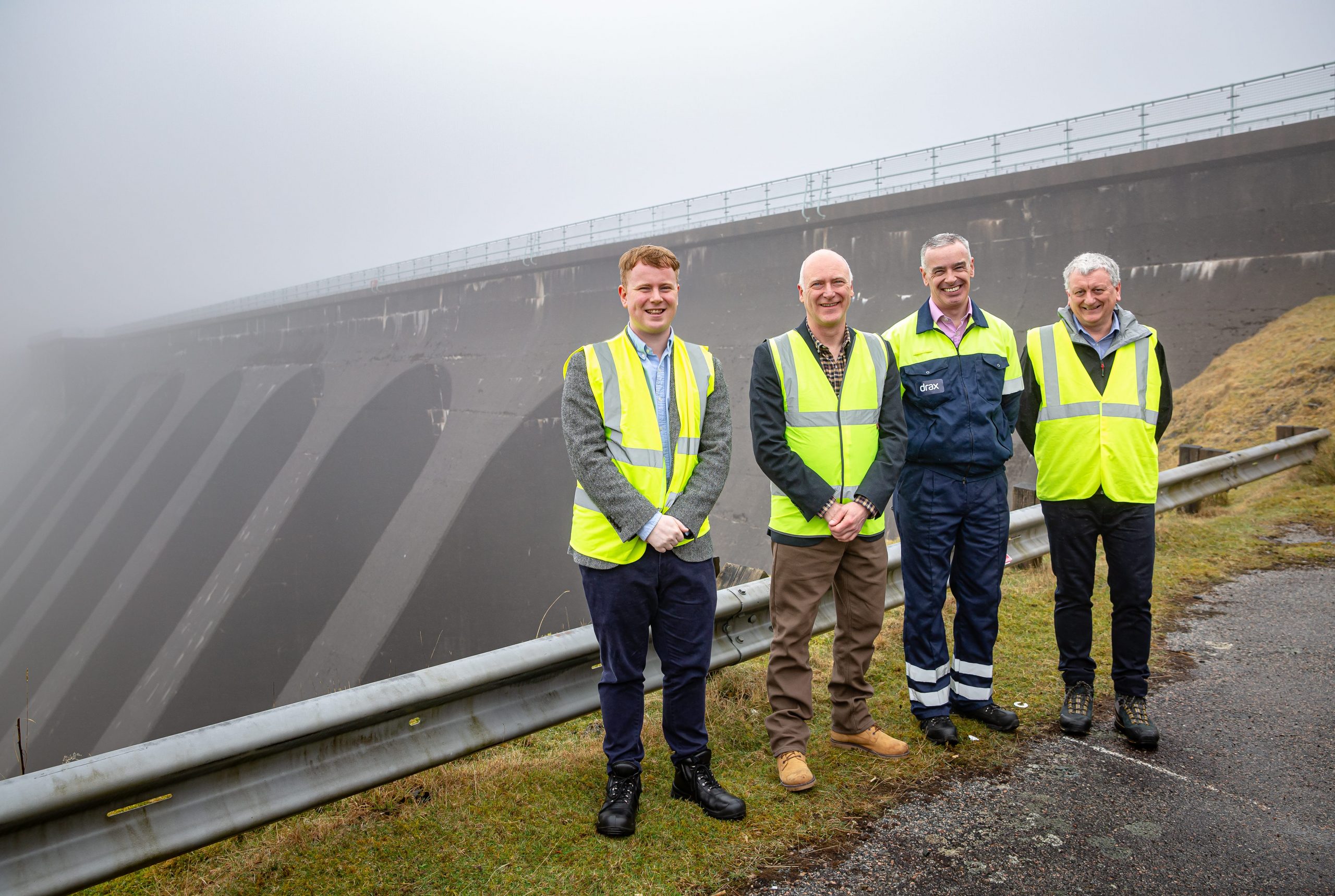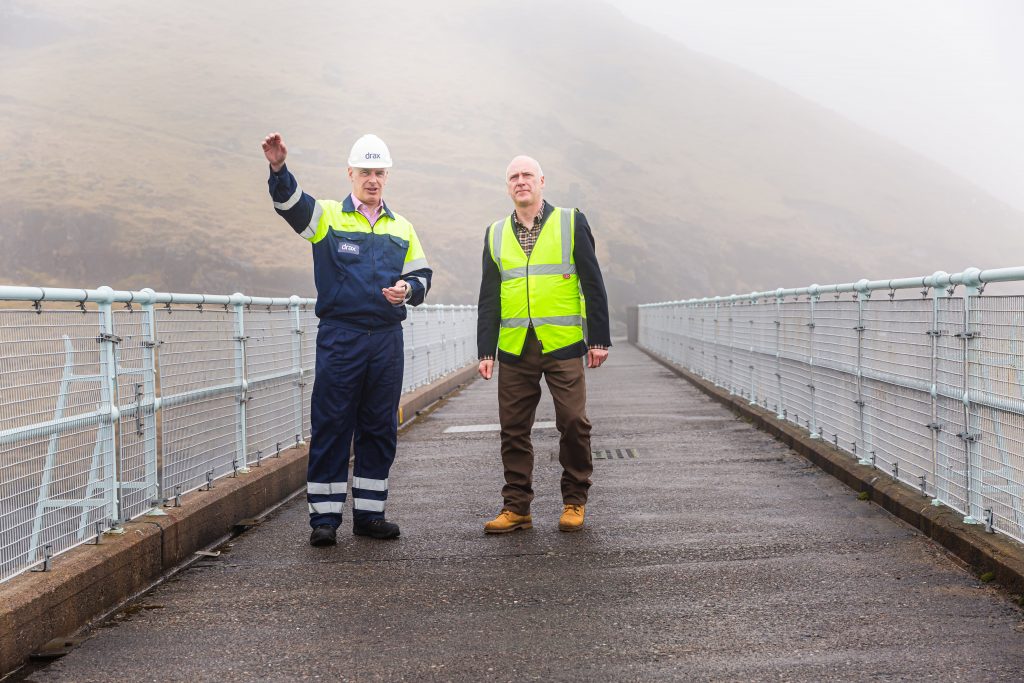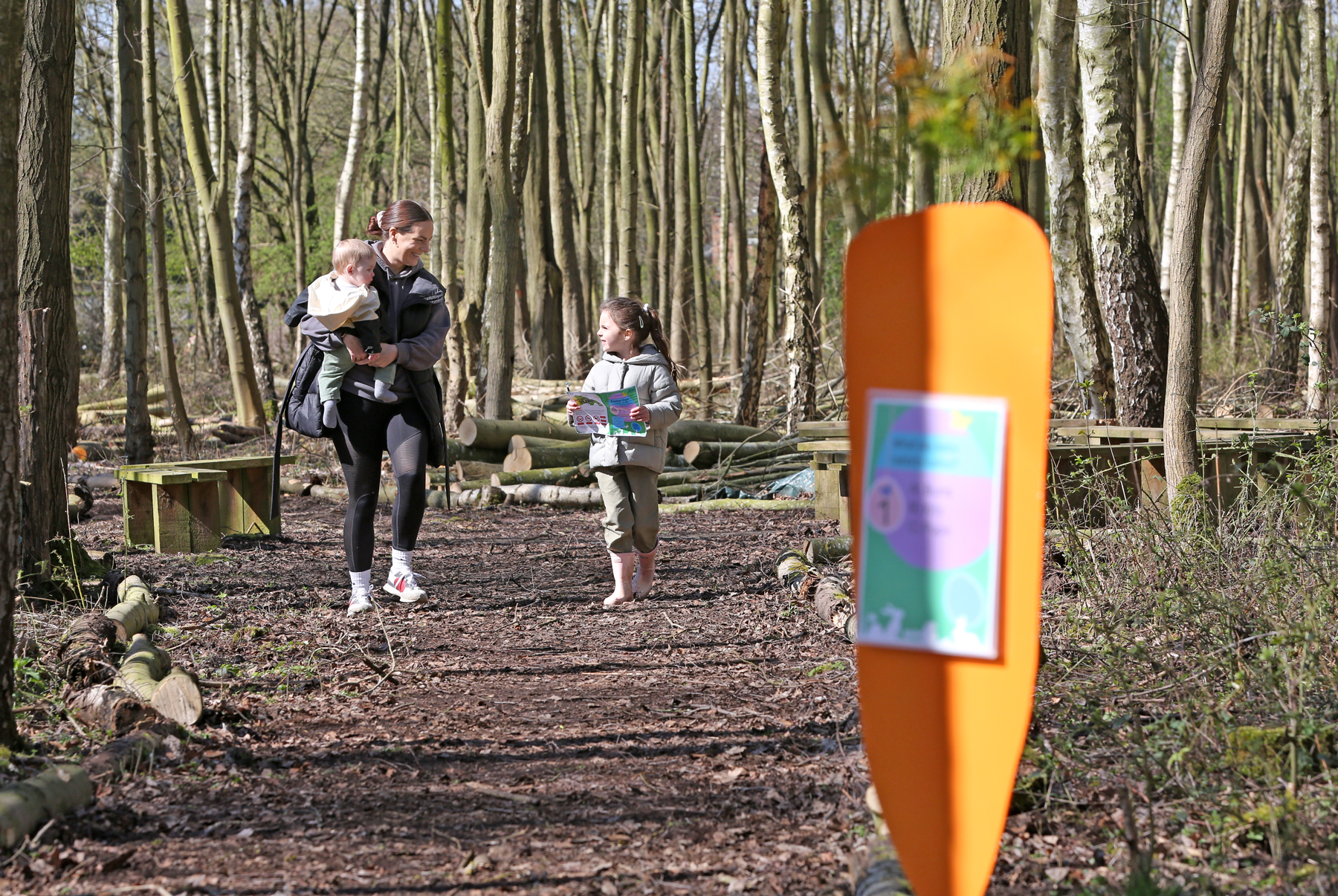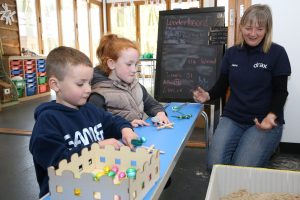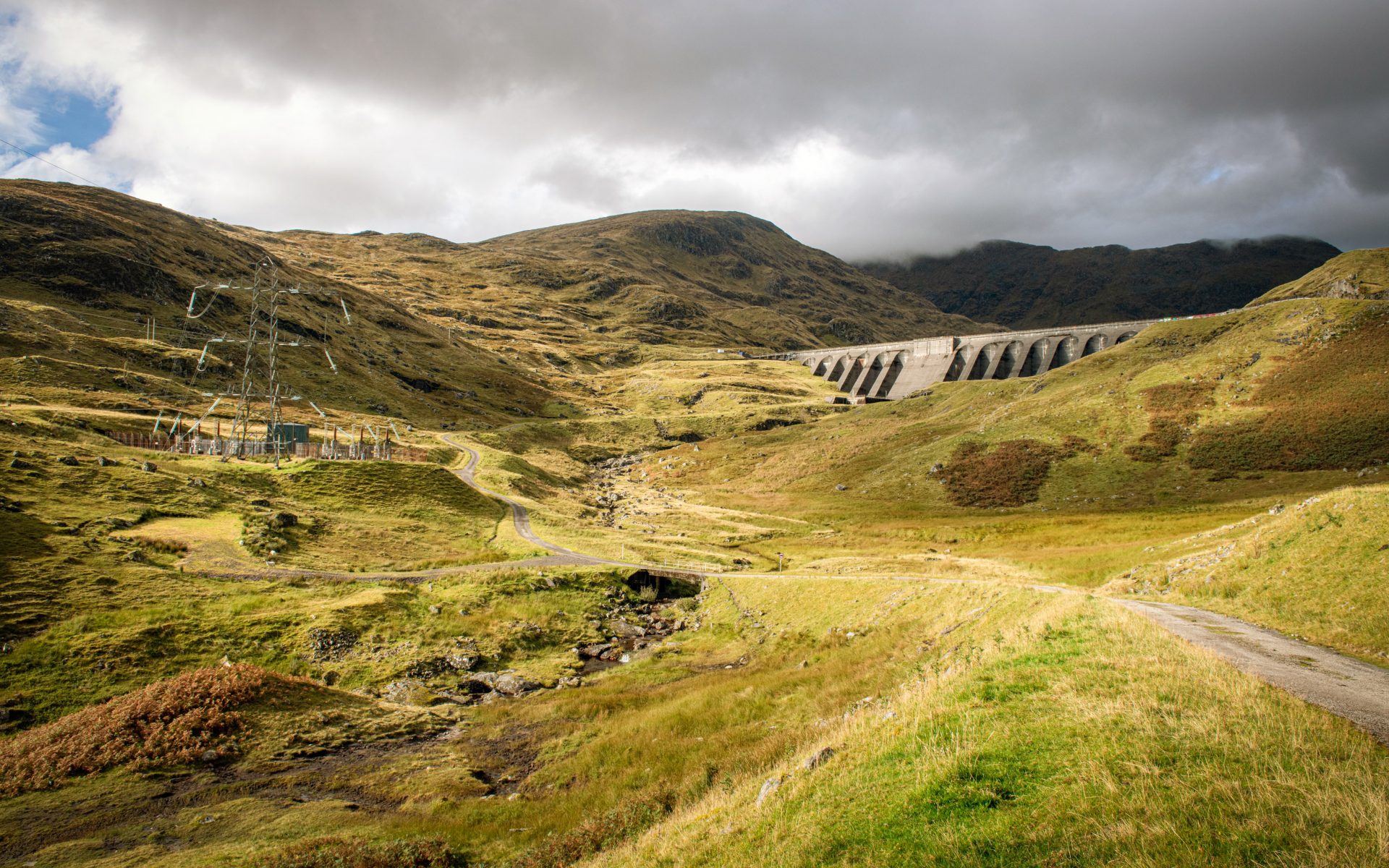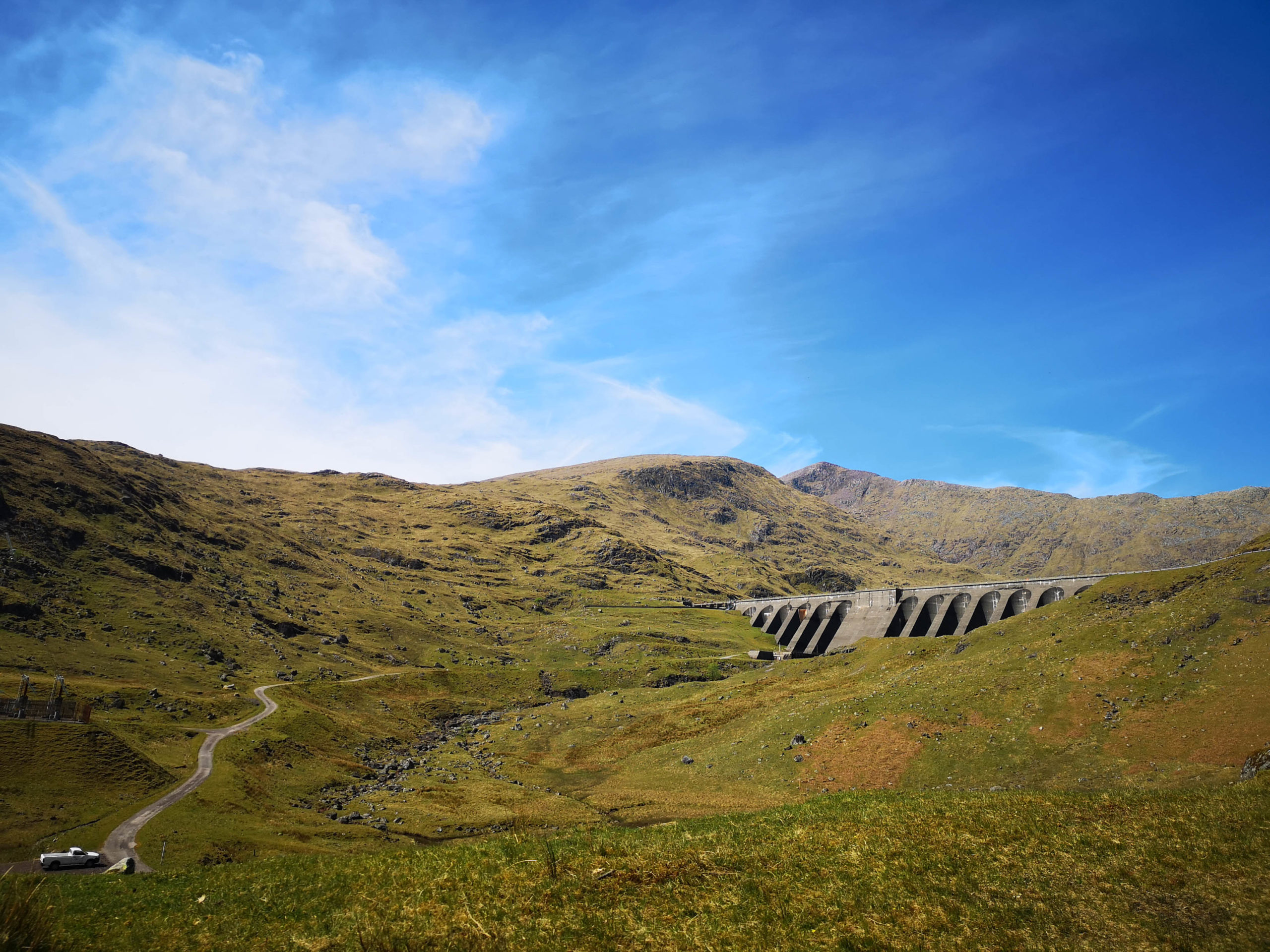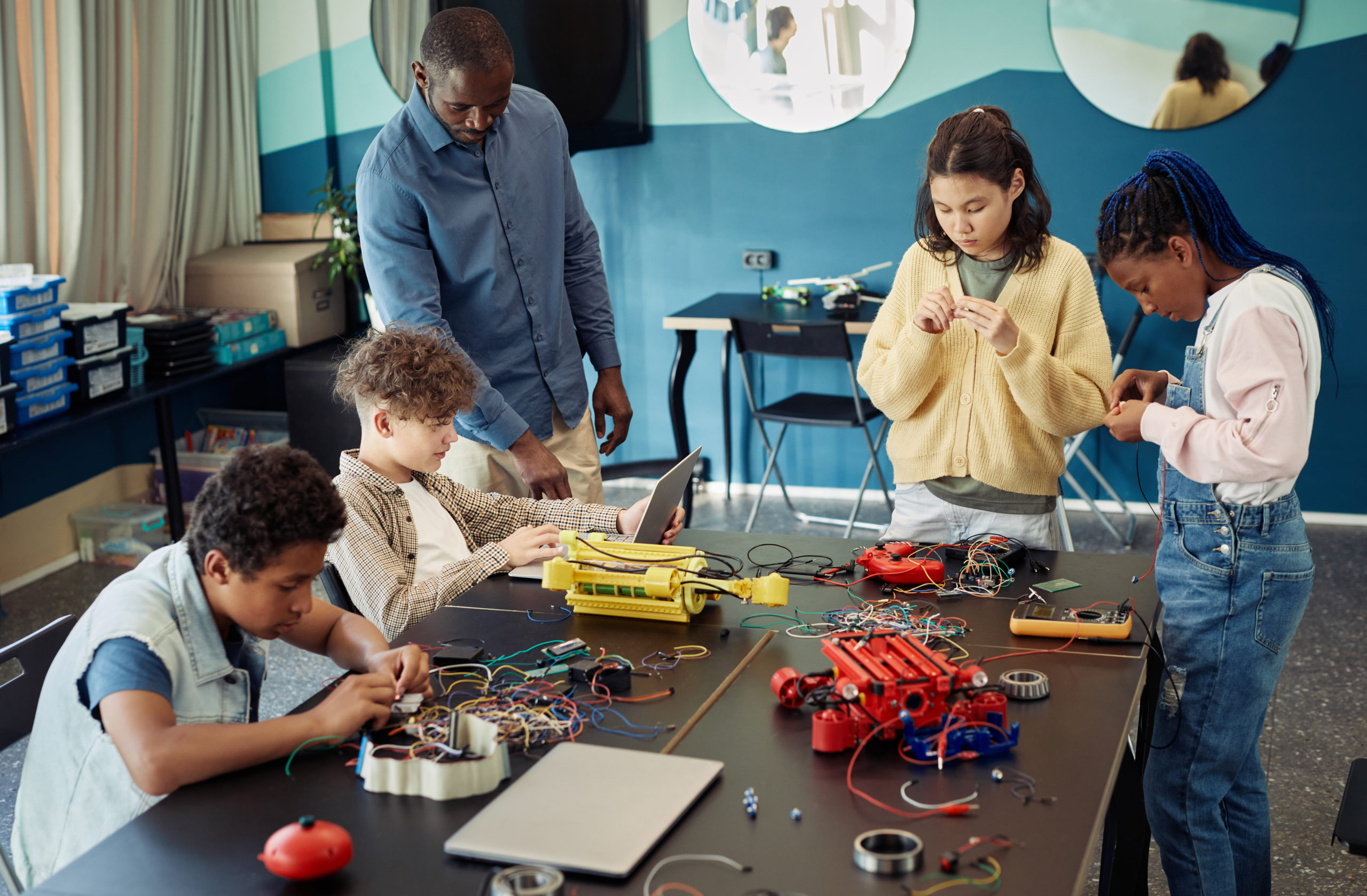
Electricity has been generated by Drax since 1974 after it was built by the Central Electricity Generating Board, in an area of Yorkshire known as Megawatt Valley due to a fleet of coal-fired power stations which were built there in the 1960s-1980s.
Drax was not only the biggest, but it was also one of the most advanced and efficient coal-fired power stations ever built in the UK.
Nearly five decades on, Drax has announced the official end of coal-fired generation at its North Yorkshire power station, after having transformed itself to become the biggest decarbonisation project in Europe by using sustainable biomass, generating enough renewable electricity for four million households.
The announcement marks a historic milestone in both the company and the UK’s transformation to a zero-carbon energy future.
Bruce Heppenstall, Plant Director, said:
“His Majesty King Charles III has shown great commitment to environmental and climate causes and Drax was delighted to be asked to be a member of his Sustainable Markets Initiative (SMI) in 2020. SMI enables industry executives to work together on delivering meaningful and actionable plans to help accelerate the world’s transition to a sustainable future.
“We wanted to do something special to celebrate this major event in UK history and as our cooling towers are a major landmark that can be seen for miles around – we thought lighting up in honour of our King was a fitting tribute.”
The 114m tall cooling towers near Selby in North Yorkshire, will be lit up between 8:00pm until 1:00am every night from Friday 5th May to Monday 8th May.
Last year the cooling towers were lit up in red and blue to celebrate the late Queen Elizabeth II’s Platinum Jubilee and in September a tribute to the Queen was projected during the period of mourning.
ENDS
Media contacts:
Megan Hopgood
Communications Officer
E: [email protected]
T: 07936 350 175
About Drax
Drax Group’s purpose is to enable a zero carbon, lower cost energy future and in 2019 announced a world-leading ambition to be carbon negative by 2030, using bioenergy with carbon capture and storage (BECCS) technology.
Drax’s around 3,000 employees operate across three principal areas of activity – electricity generation, electricity sales to business customers and compressed wood pellet production and supply to third parties. For more information visit www.drax.com
Power generation:
Drax owns and operates a portfolio of renewable electricity generation assets in England and Scotland. The assets include the UK’s largest power station, based at Selby, North Yorkshire, which supplies five percent of the country’s electricity needs.
Having converted Drax Power Station to use sustainable biomass instead of coal it has become the UK’s biggest renewable power generator and the largest decarbonisation project in Europe. It is also where Drax is piloting the groundbreaking negative emissions technology BECCS within its CCUS (Carbon Capture Utilisation and Storage) Incubation Area.
Its pumped storage, hydro and energy from waste assets in Scotland include Cruachan Power Station – a flexible pumped storage facility within the hollowed-out mountain Ben Cruachan.
The Group also aims to build on its BECCS innovation at Drax Power Station with a target to deliver 4 million tonnes of negative CO2 emissions each year from new-build BECCS outside of the UK by 2030 and is currently developing models for North American and European markets.
Pellet production and supply:
The Group has 19 operational pellet plants and developments with nameplate production capacity of around 5 million tonnes a year.
Drax is targeting 8 million tonnes of production capacity by 2030, which will require the development of over 3 million tonnes of new biomass pellet production capacity. The pellets are produced using materials sourced from sustainably managed working forests and are supplied to third party customers in Europe and Asia for the generation of renewable power.
Drax’s pellet plants supply biomass used at its own power station in North Yorkshire, England to generate flexible, renewable power for the UK’s homes and businesses, and also to customers in Europe and Asia.
Customers:
Drax supplies renewable electricity to UK businesses, offering a range of energy-related services including energy optimisation, as well as electric vehicle strategy and management.
To find out more go to the website www.energy.drax.com










